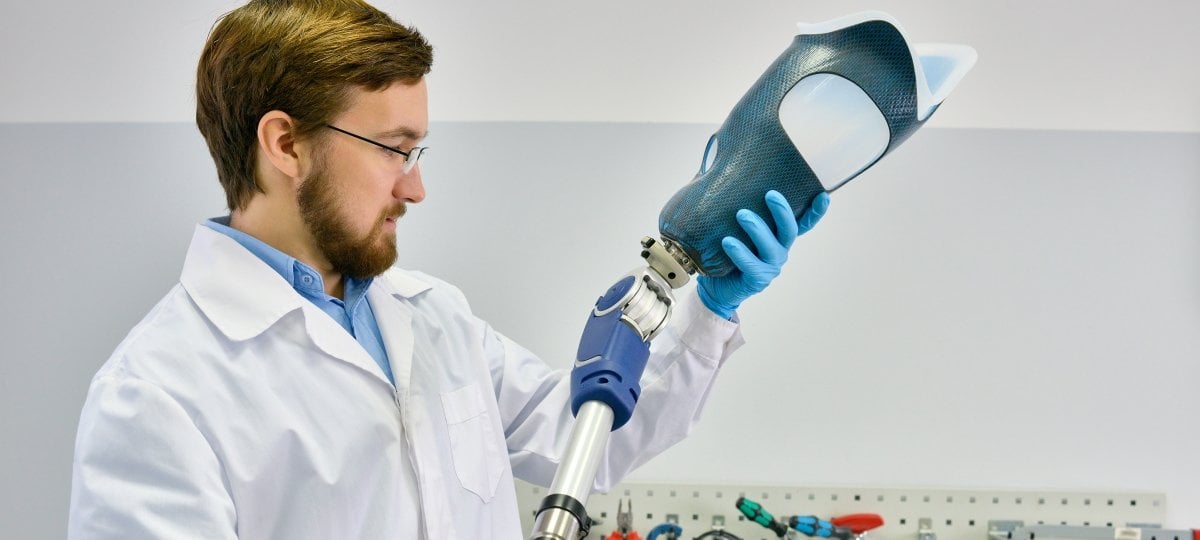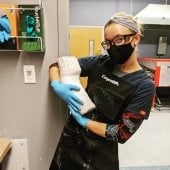Accidents, combat injuries, birth defects, and disease may result in the loss of limbs or orthopedic impairment. Patients will turn to Orthotists and Prosthetists to design and fabricate devices such as artificial limbs, braces, and other medical equipment. Orthotists and Prosthetists also work closely with patients to determine their needs as well as ensure that their devices work and fit correctly. A common goal of these practitioners is to help their patients regain mobility.
While professionals have the credentials to work in both orthotics and prosthetics, they also have the option to specialize in just one area. They can work in a variety of different settings. This might include manufacturing, ambulatory healthcare services, personal care stores, and hospitals.
Job Outlook
How To Apply
Prosthetics and Orthotics programs are highly competitive and there are only 14 programs in the country. Most require applicants to have a bachelor's degree to apply. In addition, many
programs either recommend or require you to have shadowing hours with Orthotists and/or
Prosthetists.
You must then Graduate from an Accredited Prosthetics and Orthotics Program in order
to earn a Master’s degree. After completion of your bachelor's, you must complete
a year residency program.
In Michigan
Meet the Students
Allysa Meinburg
- Pre-P&O, Human Biology, Enterprise minor, Michigan Technological University
- Masters of P&O, University of Pittsburgh

